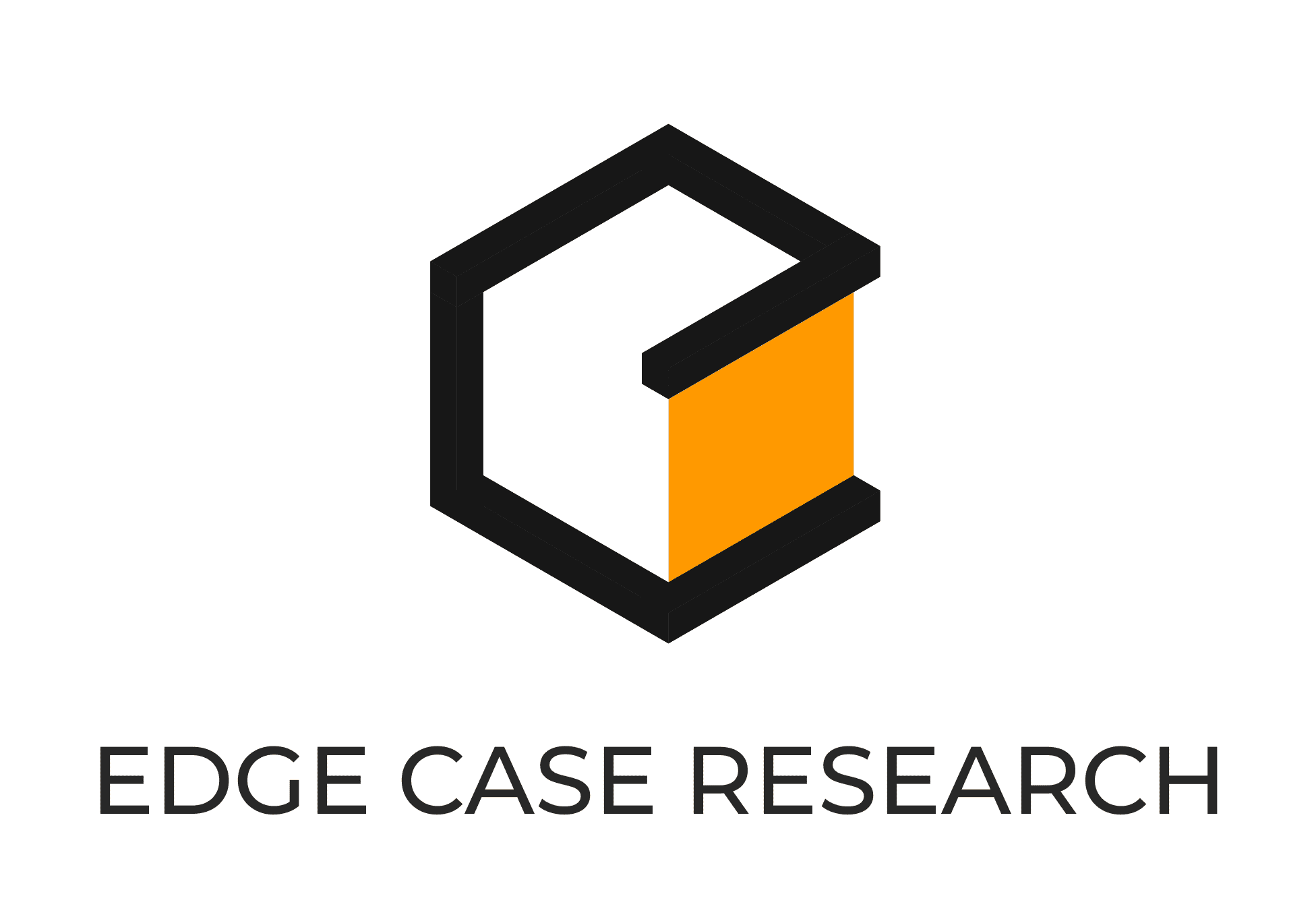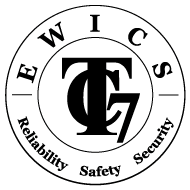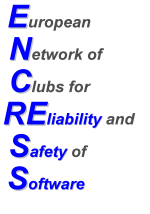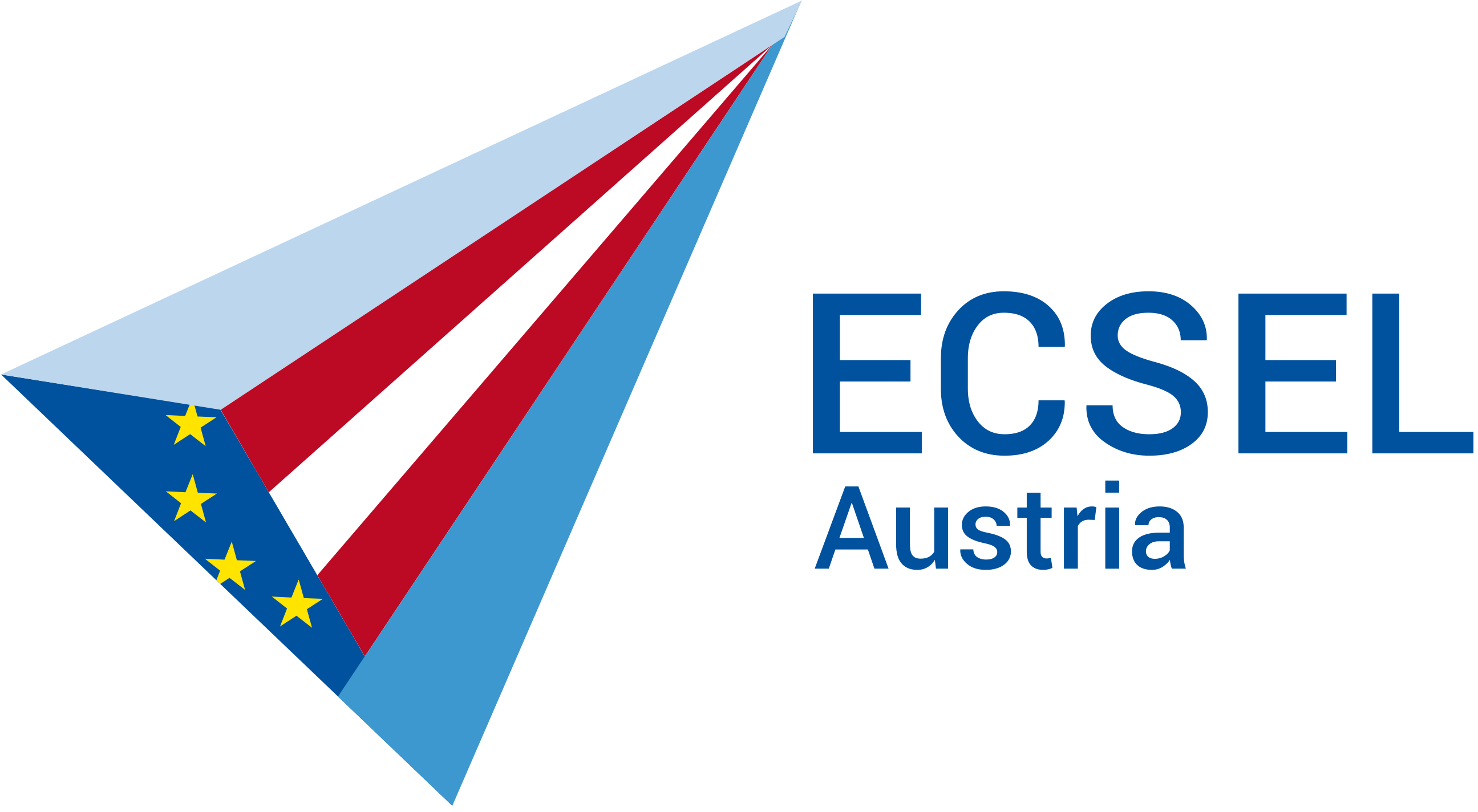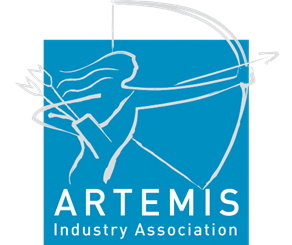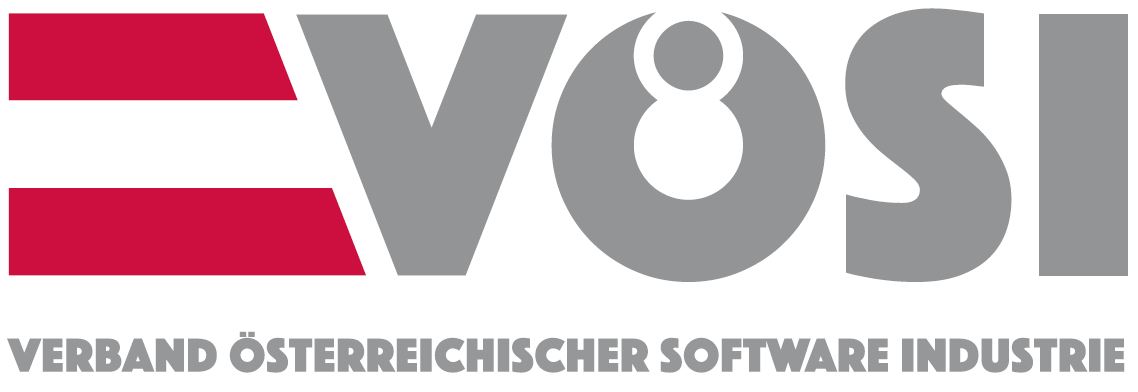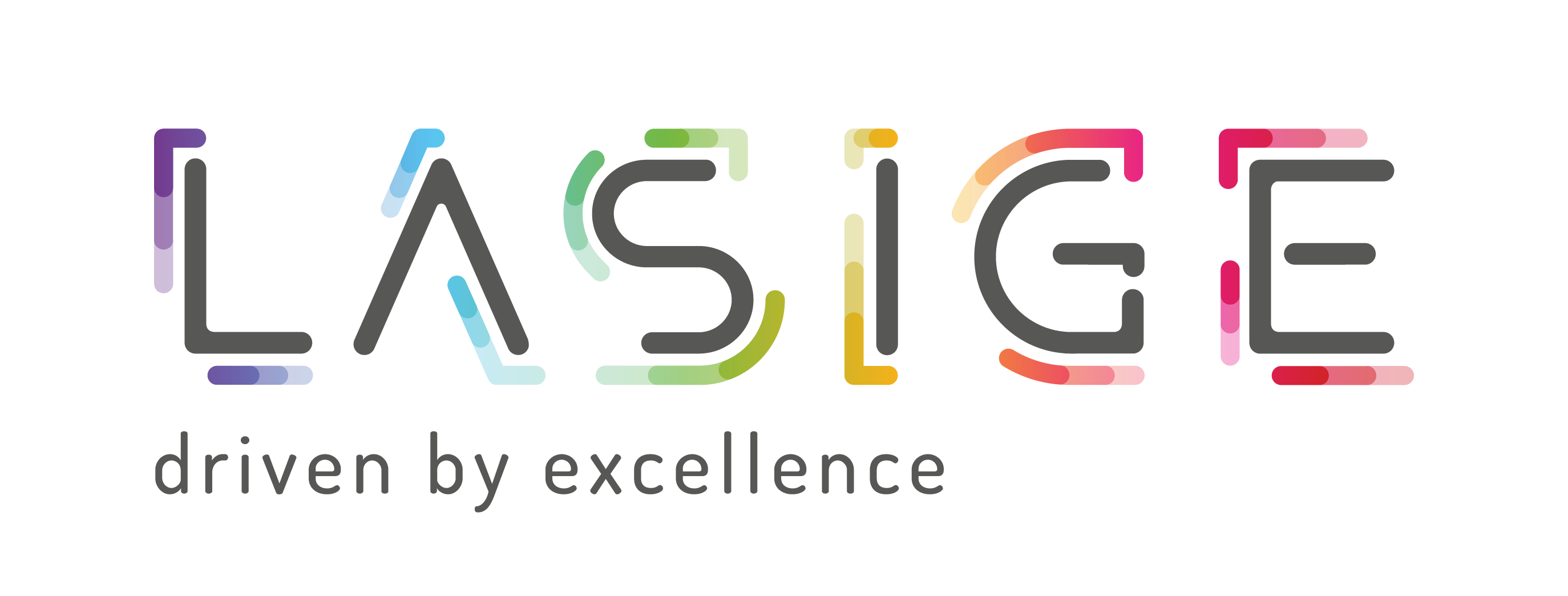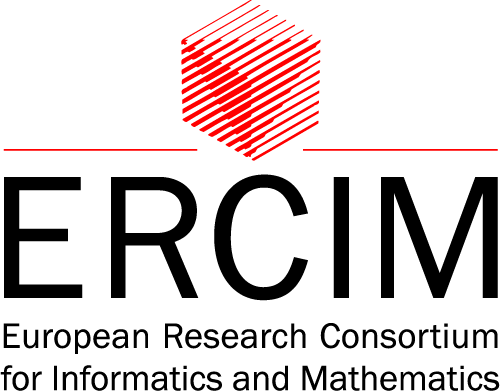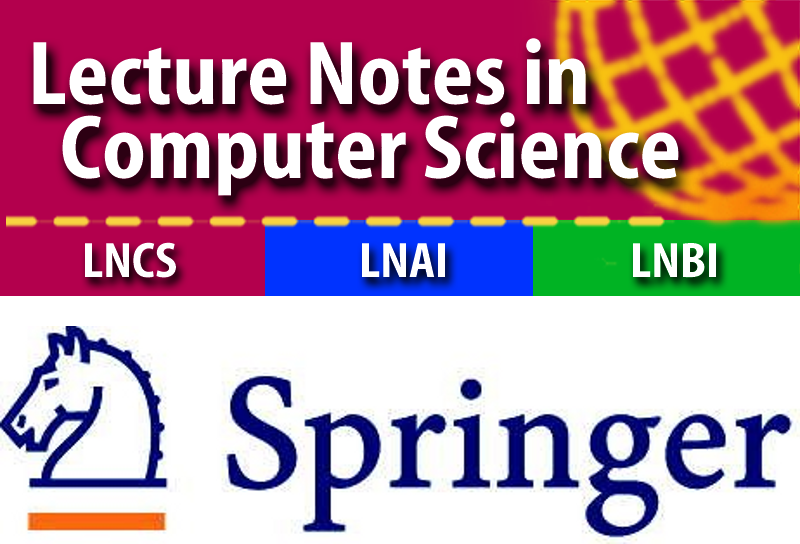Paper Submission URL
The submission is now closed.
The EasyChair page for SafeComp 2020 is available on: https://easychair.org/conferences/?conf=safecomp2020
Paper Templates
All paper submissions must be formatted according to the LNCS templates provided by Springer.
Paper Submission Details
The tradition of SafeComp is to act as a platform for bringing academic research and industrial needs together. Therefore, industrial contributions and real-world experience reports are explicitly invited.
We solicit two types of papers:
- Regular papers (up to 14 pages)
- Practical experience reports and tool papers (up to 8 pages)
Industrial contributions are especially invited. All papers will be reviewed by at least 3 program committee members. Papers must not have been previously published or concurrently submitted elsewhere. Papers should be electronically submitted via the EasyChair submission system, using the link provided above. At least one author of each accepted paper must register for the conference (regular registration).
A specific call for Position Papers (up to 4 pages) and respective submission guidelines and dates will be made available later.
Important Dates
- Workshop proposal submission: 7 February 2020
- Abstract submission: 14 February 2020 21 February 2020
- Full paper submission: 24 February 2020 2 March 2020 (AoE)
- Notification of acceptance: 30 April 2020
- Camera-ready submission: 28 May 2020
2020 Special Theme
Safe AI in critical systems
Topics
The conference covers all aspects related to the development, assessment, operation and maintenance of safety-related and safety-critical computer systems.
Major topics include, but are not limited to:
- Development, verification and assessment of intelligent and autonomous safety-critical systems
- Formal modelling, verification and validation
- Model-driven engineering
- Resilient and fault-tolerant hardware and software architectures
- Fault detection and recovery mechanisms
- Distributed and real-time monitoring and control
- Security and privacy protection mechanisms
- Safety/security co-engineering and risk assessment
- Probabilistic verification and validation
- Testing, verification and validation methods & tools
- Qualification, assurance and certification methods & tools
- Data-driven techniques for engineering dependable systems
- Cyber-physical threats and vulnerability analysis
- Safety and security guidelines, standards and certification
- Safety and security assurance cases
- DevOps and agile development methods
Domains of application include (but are not limited to):
- Railways, automotive, space, avionics & process industries
- Highly automated and autonomous systems
- Telecommunication and networks
- Safety-related applications of smart systems and IoT
- Critical infrastructures, smart grids, SCADA
- Medical devices and healthcare
- Surveillance, defense, emergency & rescue
- Logistics, industrial automation, off-shore technology
- Education & trainin

